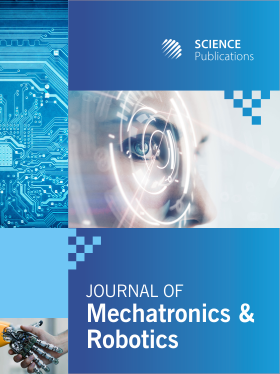Adaptive and Neural Network Based Control of Pitch of Unmanned Aerial Vehicles
- 1 North Carolina A&T State University, United States
Abstract
The objective is to develop a new control strategy for quadrotor types of Unmanned Aerial Systems (UAVs) that assist in closing the existing research gaps between the undesired uncertainties and current control systems. This research investigates a system modeling and the effectiveness of error elimination through adaptation in the change of the plant/system’s output. The UAV is controlled via Wi-Fi using MATLAB. Proportional-Integral-Derivative (PID) controller, the two degrees of freedom Proportional-Integral-Derivative (2DOF-PID) controller and the model reference Neural Network (NN) controller are used for the aircraft pitch control. External disturbances and modeling errors can lead to the instability and unpredictable behaviors of a system. Even though the disturbances cannot be avoided the effects of such disturbances can be reduced significantly by neural network-based adaptive controllers for high-performance tracking in the presence of the disturbances. The robust control systems with the adaptive control will improve navigation performance and operation for military, reconnaissance and surveillance applications. The application of a robust controller determines the performance by observing the system’s behavior to identify and reduce the unpredictable effects of disturbances and achieve a better behavior of the whole system. By observing the system, the neural network is suitably used to learn from a set of training patterns. System identification uses a neural network to capture the behavior of system dynamics, which assists the neural network to train itself to act as a controller. Moreover, the system’s performance of the controllers was tested using simulations to demonstrate the effectiveness in improving the speed and stability for the dynamic system. The presented work will produce a flexible, robust and effective control system model that provides additional stability and reduce the effects of disturbances.
DOI: https://doi.org/10.3844/jmrsp.2019.571.588

- 5,130 Views
- 2,882 Downloads
- 1 Citations
Download
Keywords
- UAV
- PID
- 2DOF-PID
- Model Reference Adaptive Control (MRAC)
- Neural Network (NN)
